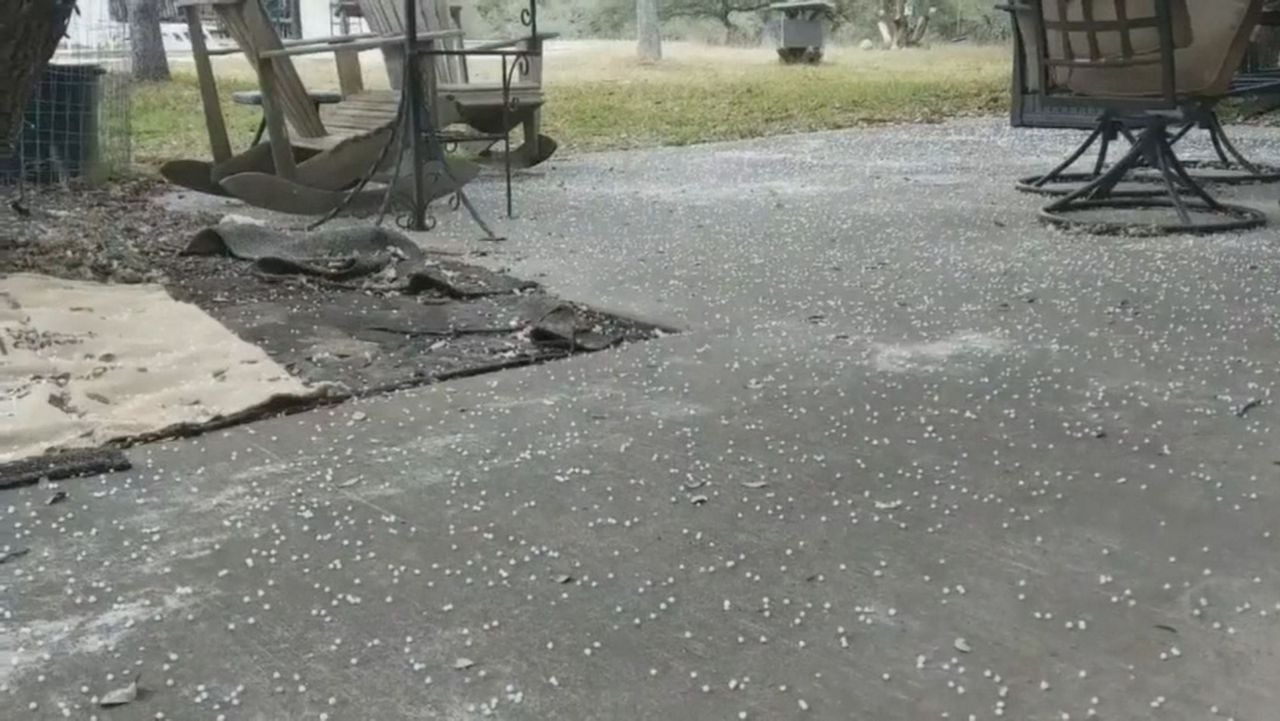Here's a weather word that might be new to you: graupel.
It's not quite snow and not quite hail or sleet. Some people think it's consistency is like the frozen treat Dippin' Dots or styrofoam pieces.
Most of us are familiar with sleet and hail. They form through different processes but both result in a hard ice pellet. '
Graupel, meanwhile, is different. It's basically a snowflake that has been coated in ice. The result is a soft, small pellet.
Unlike sleet or hail, it doesn't hurt when it hits you. Graupel is also quiet when it falls.
The atmosphere has to be just right for these types of pellets to occur.
Here's how graupel is produced. First, you need a snowflake to form. Next the snowflake needs to fall through a layer of supercooled water droplets. Supercooled means that the drops are water even though the temperature is below 32 degrees.
As the snowflake falls, it collects ice on its crystal structure and starts to grow. As it tumbles, it collects more ice and it resembles a tiny snowball instead of a snowflake.
In the weather world, meteorologists are very familiar with this term but I found out that most people haven't heard of it. I tweeted about graupel the other day and in an effort to describe the consistency, I compared graupel to the Dippin' Dots dessert.
The reaction went viral. My tweet had almost 30 thousand views and I even got a response from the Dippin' Dots company. It was all in a good fun and now a lot more people know about graupel.
And no, graupel does not come in different flavors.



